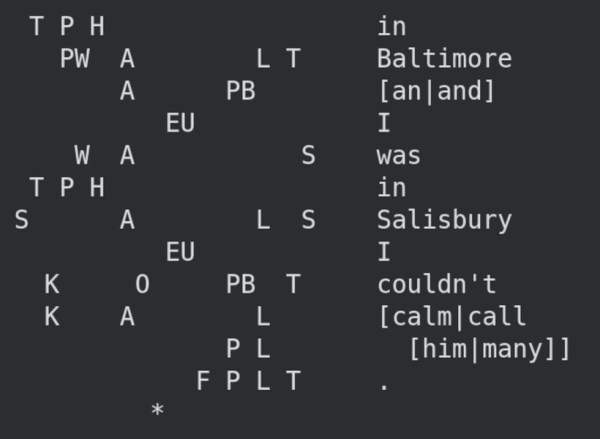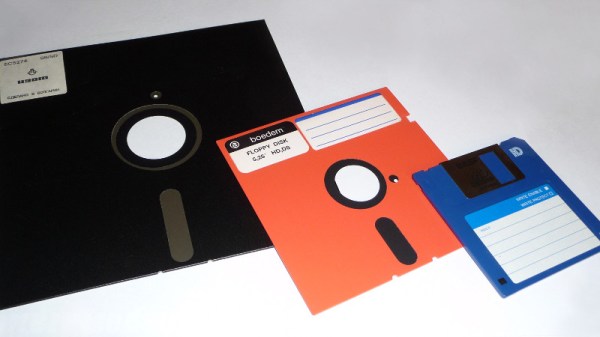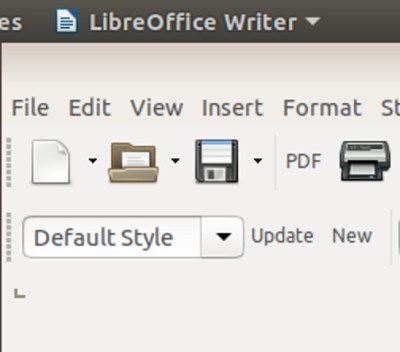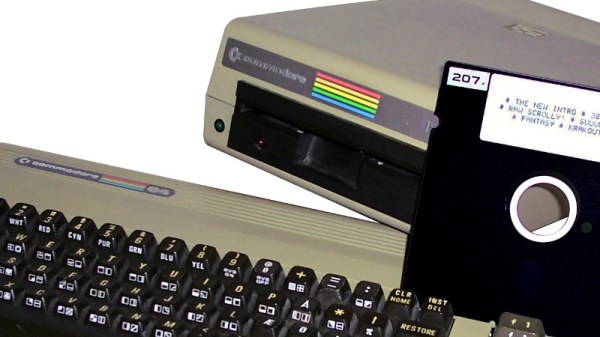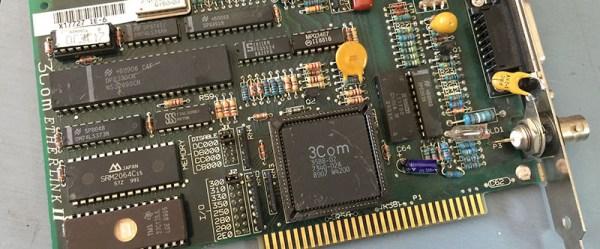In this episode of [Adrian’s Digital Basement], we dive into the world of retro computing with a focus on diagnosing and repairing an old full-height 5.25-inch floppy drive from an IBM 5150 system. Although mechanically sound, the drive had trouble reading disks, and Adrian quickly set out to fix the issue. Using a Greaseweazle—a versatile open-source tool for floppy disk diagnostics—he tests the drive’s components and explores whether the fault lies with the read/write head or electronic systems.
The repair process provides fascinating insights into the Tandon TM100-1 floppy drive, a key player in vintage computing. Adrian explains how the drive was designed as a single-sided unit, yet hints at potential double-sided capability due to its circuit board, raising possibilities for future tweaks. Throughout the video, Adrian shares handy tips on ensuring proper mechanical maintenance, such as keeping lubrication in check and ensuring correct spring tension. His attention to detail, especially on termination resistors, provided vital knowledge for anyone looking to understand or restore these old drives.
For fans of retro tech, this episode is a must-watch! Adrian makes complex repairs accessible, sharing both technical know-how and nostalgic appreciation. For those interested in similar hacks, past projects like the Greaseweazle tool itself or other Amiga system repairs are worth exploring. To see Adrian in action and catch all the repair details, check out the full video.


